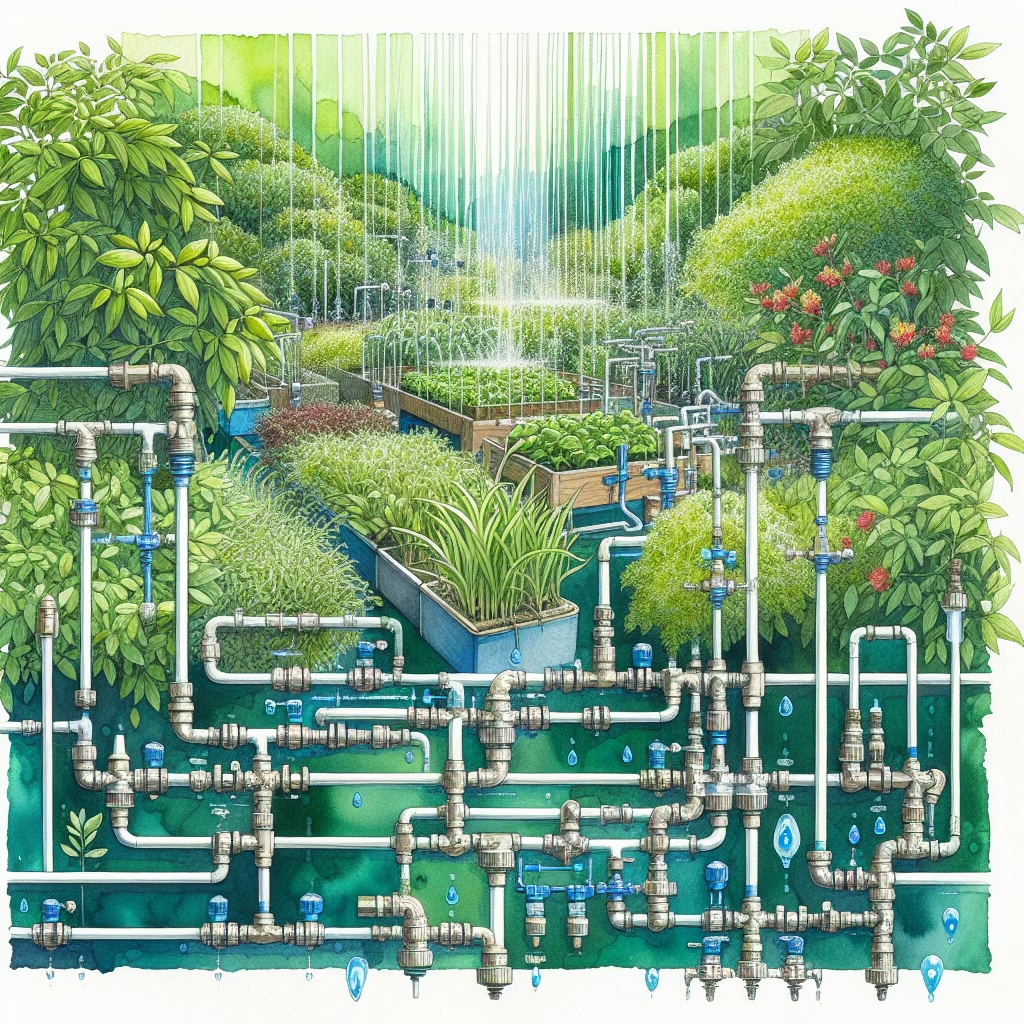
Setting up a drip irrigation system for your garden is an efficient way to ensure your plants receive the right amount of water. This guide provides a comprehensive set of instructions, including laying out the irrigation grid, assembling the hoses, installing tees for branch lines, and attaching emitters and feeder lines.
Drip irrigation prevents overwatering and consists of interconnected tools like emitters, hoses, and valves. A well-planned grid ensures efficient watering.
Tip: Place emitters every 12 inches in sandy soil, 18 inches in loamy soil, and 24 inches in clay soil.
Proper assembly of the hoses is crucial for the system's efficiency.
Tees help direct how lines branch off, making the system work across different landscapes.
The final step involves installing emitters and feeder lines to complete the system.
Tip: Flush the system every four to six months by removing the end caps and turning on the water until it runs clear.
You can also watch this video tutorial for a visual guide:
Discover how to improve your website SEO in 2024 with this comprehensive guide. Learn about ...
A comprehensive guide on how to start a sustainable wardrobe in 2024, focusing on eco-friendly ...
This document provides a comprehensive guide to mastering data visualization techniques using Python in 2024, ...
A comprehensive guide on how to prepare for the SAT in 2024, including effective strategies, ...
Learn how to set up a home office for increased productivity and ergonomics. This guide ...
A comprehensive guide on designing a digital marketing funnel for e-commerce in 2024, covering essential ...